If not addressed, the presence of mosquitoes in your backyard can be a big nuisance to family and guests, ruining your outdoor entertainment plans. However, you may not want to resort to using odorous sprays to help combat their painful bites.
Fortunately, there are a few natural alternatives to overwhelming mosquito repellents and pesticides that can provide a temporary solution to your frustrating mosquito problem.
5 Commonly Used Mosquito Repelling Plants
 The following plants contain strong scents and essential oils that have been known to naturally repel mosquitoes and other bothersome insects from homes and businesses.
The following plants contain strong scents and essential oils that have been known to naturally repel mosquitoes and other bothersome insects from homes and businesses.
-
Peppermint
This strongly-scented plant is a repellent to a wide variety of insects. Planting it in small pots and placing it around your garden or backyard is the most effective way to keep pesky mosquitoes at bay. Though peppermint is a great mosquito repellent, it can attract bees and butterflies to the area, so keep your plants away from doors and open windows.
-
Marigolds
These plants are popular for their beautiful, bright appearance and ability to thrive in most types of weather, but they also keep the mosquitoes away with their unique scent. Place potted marigolds around doors, windows, and on your patio to keep the pests away. You can also plant marigolds in your garden to keep insects from feeding on your other plants.
-
Citronella
A common ingredient used in bug sprays and repellents, citronella makes a great repellent in its natural form. Citronella is perfect for our warm Florida climate and can grow to be up to six feet tall, helping to repel mosquitoes in a larger area than other options.
-
Basil
As it turns out, basil isn’t only useful for cooking. This aromatic plant is also great as an insect repellent. Basil requires a good amount of sun but needs to be kept moist in order to thrive. Plant it in a large pot to prevent it from spreading too quickly so you can move it into the sun easily.
-
Rosemary
Another herb often found in the kitchen, rosemary uses its pungent smell to repel mosquitoes and other insects effectively. In contrast to basil, rosemary doesn’t require a lot of water and loves hot and dry conditions. Rosemary can be shaped as it grows larger and is also effective in a garden as a repellent as well.
Effective Ways to Repel Mosquitoes
Using plants as a natural deterrent for mosquitoes may help keep some pests at bay, but it is not a permanent solution to ridding your property of mosquitoes. Professional pest control experts use safe, non-toxic, and environmentally friendly methods to eliminate mosquitoes and other outdoor pests. Don’t waste your time with plants and other ineffective DIY methods to repel mosquitoes. Instead, contact the effective and affordable mosquito eliminating services of Critter Control® of Orlando.
Reliable Mosquito Control in Orlando
If you are struggling with having too many mosquitoes on your property, then rely on the pest control experts at Critter Control® of Orlando. After one call, we will send one of our licensed pest removal experts to visit your home, examine the magnitude of your mosquito problem, and strategize a treatment plan before delivering you an estimate for our services that fits your needs and budget.
To schedule your free consultation and professional home inspection, call Critter Control® of Orlando today at 407-295-7194.




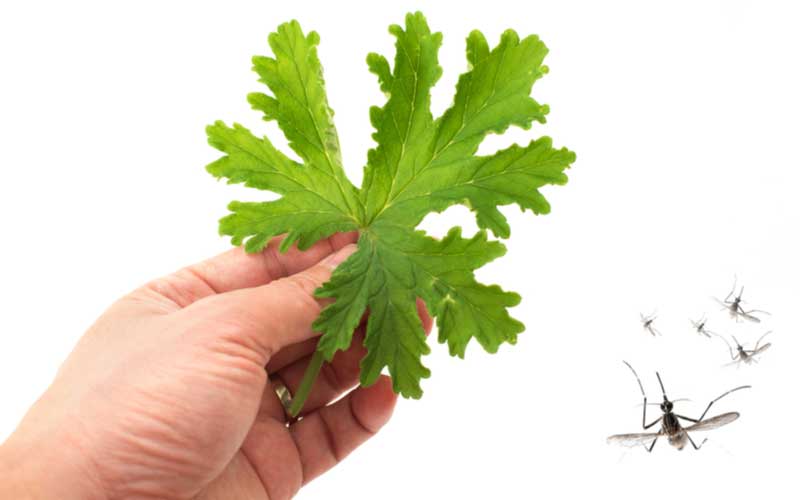

 t can cause severe respiratory distress and lead to other health conditions such as kidney damage and liver failure.
t can cause severe respiratory distress and lead to other health conditions such as kidney damage and liver failure.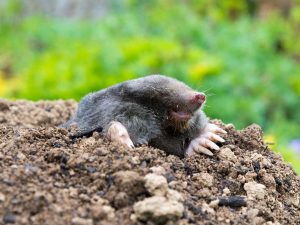 Invasive moles quickly become an expensive nuisance when they tunnel under your Central Florida home. In addition to littering your yard with hazardous and unsightly mole holes, burrowing pests can threaten your home’s structural integrity by weakening the ground beneath your property.
Invasive moles quickly become an expensive nuisance when they tunnel under your Central Florida home. In addition to littering your yard with hazardous and unsightly mole holes, burrowing pests can threaten your home’s structural integrity by weakening the ground beneath your property.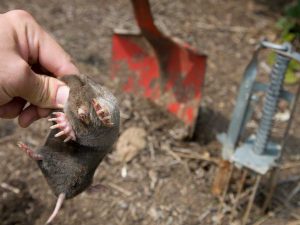 Moles can destroy your lawn or backyard in a short amount of time as they burrow underground, busting irrigation pipes, cracking foundations, and uprooting plants in the process. To permanently get rid of the burrowing rodents, you’ll want professionals with expertise and experience. Here’s how to choose a mole removal expert.
Moles can destroy your lawn or backyard in a short amount of time as they burrow underground, busting irrigation pipes, cracking foundations, and uprooting plants in the process. To permanently get rid of the burrowing rodents, you’ll want professionals with expertise and experience. Here’s how to choose a mole removal expert. Opossums will den anywhere they can find a spot that’s dry, sheltered, and safe which is why they are commonly found living inside attics, within crawl spaces, or underneath the sheds and decks of homes and businesses. Because their bodies have little fat, opossums don’t store food during the winter and instead forage for food year round. Therefore, the nocturnal marsupials can frequently be seen at night wandering Orlando neighborhoods in search of food.
Opossums will den anywhere they can find a spot that’s dry, sheltered, and safe which is why they are commonly found living inside attics, within crawl spaces, or underneath the sheds and decks of homes and businesses. Because their bodies have little fat, opossums don’t store food during the winter and instead forage for food year round. Therefore, the nocturnal marsupials can frequently be seen at night wandering Orlando neighborhoods in search of food.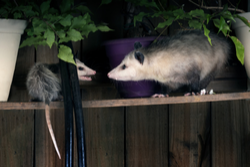

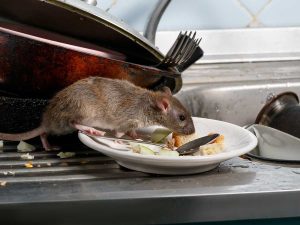 The presence of an unwelcome pest in your home can range from annoying to terrifying, and the sounds and smells that rats make are often disturbing. But exterminating the critters that caused them isn’t the only way to make them go away. In fact, there are several safe
The presence of an unwelcome pest in your home can range from annoying to terrifying, and the sounds and smells that rats make are often disturbing. But exterminating the critters that caused them isn’t the only way to make them go away. In fact, there are several safe 
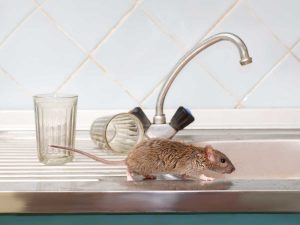 When homeowners discover a growing rat problem in their home, their heads likely swirl with questions as to when the infestation started, how the pests got inside, and what they could have done to prevent it. Instead of dwelling on what led to a rat infestation on your property, focus on the following
When homeowners discover a growing rat problem in their home, their heads likely swirl with questions as to when the infestation started, how the pests got inside, and what they could have done to prevent it. Instead of dwelling on what led to a rat infestation on your property, focus on the following 



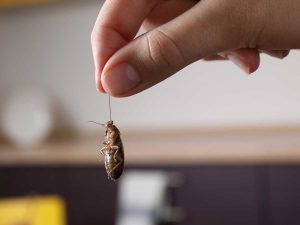 There is no true way to test the effectiveness of ultrasonic repellent devices. The device plugs directly into a wall outlet and only offers an indicator light to let you know it is turned on. It is also silent as its short-range, high-frequency sounds cannot be heard by humans. Basically, you plug them in, cross your fingers, and wait for the pest to be driven away.
There is no true way to test the effectiveness of ultrasonic repellent devices. The device plugs directly into a wall outlet and only offers an indicator light to let you know it is turned on. It is also silent as its short-range, high-frequency sounds cannot be heard by humans. Basically, you plug them in, cross your fingers, and wait for the pest to be driven away.